Companion planting is an ancient gardening practice that involves pairing plants together to enhance growth, repel pests, and improve soil health. When it comes to growing celery, using celery companion plants can make a significant difference in your garden’s productivity and health. By strategically planting certain herbs, vegetables, and flowers alongside celery, you can create a harmonious environment that fosters vigorous growth, reduces pest problems, and yields a bountiful harvest. Whether you’re an experienced gardener or a novice, understanding the benefits of celery companion plants will help you achieve a thriving and beautiful garden.
Best Celery Companion Plants
Nasturtiums
Nasturtiums are a wonderful companion for celery. They attract beneficial insects and repel pests like aphids and whiteflies, which can harm celery. Additionally, nasturtiums add vibrant color to the garden, making it more beautiful and inviting. Their ability to thrive in various conditions makes them an easy and effective addition to your celery patch.
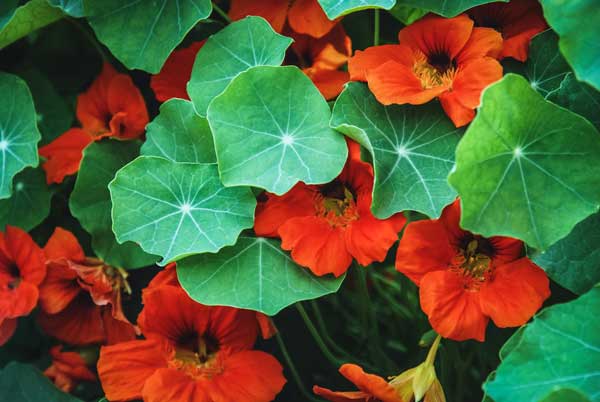
Onions (Alliums)
Onions are fantastic companions for celery. They help deter common pests such as aphids, and their strong scent can confuse and repel other harmful insects. Onions also have a compact growing habit, which means they won’t compete with celery for space. Planting them together can result in a healthier, pest-free garden.

Tomatoes
Tomatoes and celery are a dynamic duo. Tomatoes provide shade and help retain soil moisture, which celery loves. In return, celery can improve the flavor of tomatoes when planted nearby. This partnership not only boosts growth but also enhances the taste of your produce.
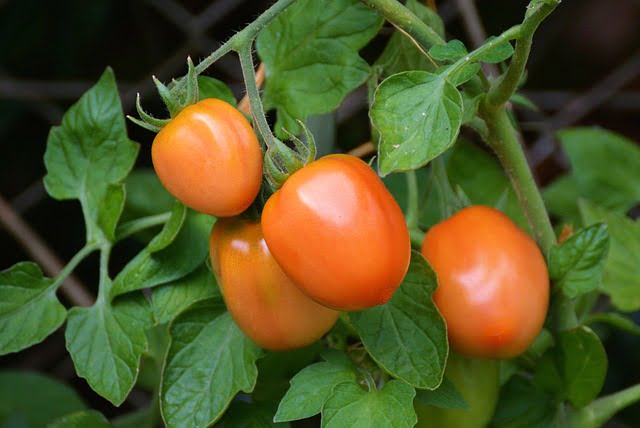
Cosmos
Cosmos flowers are more than just a pretty face in the garden. They attract pollinators and beneficial insects that prey on celery pests. Their tall, airy structure provides light shade, which helps keep the soil around celery moist. Plus, cosmos are easy to grow and add a touch of elegance to your garden.

Spinach
Spinach is a great companion for celery because it helps to suppress weeds, keeping the soil around celery free from competition. It also grows well in similar conditions, making them easy to manage together. Spinach’s quick growth cycle means it can be harvested early, allowing more space for celery to thrive.

Leeks (Alliums)
Leeks, like other alliums, are excellent at repelling pests that commonly afflict celery. They share similar soil and water needs, making them compatible neighbors. Leeks’ upright growth habit means they won’t overshadow celery, ensuring both plants get the sunlight they need.
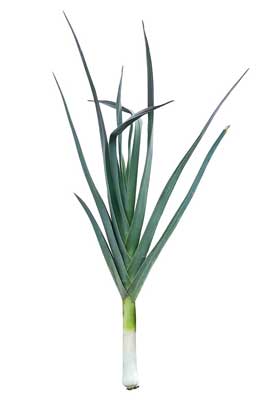
Chives (Alliums)
Chives are small but mighty companions for celery. They repel aphids and other pests while attracting beneficial insects. Chives’ compact size and minimal space requirements mean they fit well between celery plants, optimizing garden space and boosting overall health.
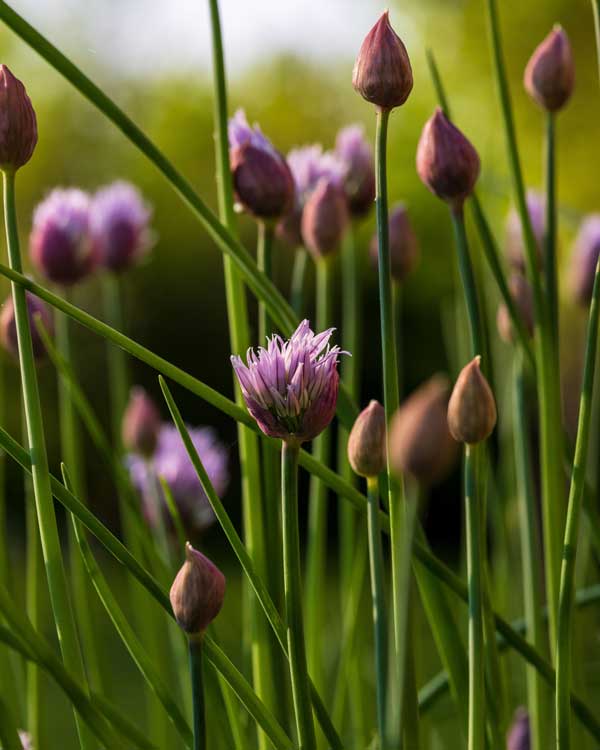
Chamomile
Chamomile is a delightful herb to grow with celery. It attracts beneficial insects and improves the flavor and growth of celery. Chamomile’s calming presence in the garden also helps create a serene environment, which can make gardening even more enjoyable.
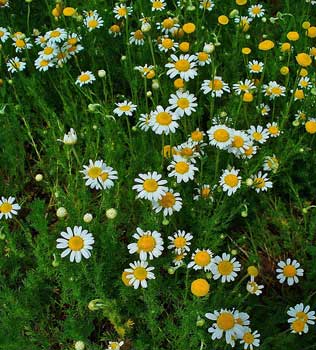
Garlic (Alliums)
Garlic is a powerhouse companion for celery. Its strong odor repels a variety of pests, while its natural antifungal properties can help protect celery from diseases. Garlic’s low-growing nature ensures it doesn’t compete for sunlight, making it an ideal partner in the garden.

Thyme
Thyme is an excellent companion for celery. It repels harmful insects like cabbage worms and attracts beneficial pollinators. Thyme’s low-growing habit and minimal water requirements make it an ideal neighbor for celery, helping to improve its flavor and growth without competing for resources.

Marigolds
Marigolds are a gardener’s best friend when it comes to companion planting. They release chemicals that repel nematodes and other soil-borne pests that can damage celery. Additionally, marigolds’ bright blooms attract beneficial insects, enhancing overall garden health. Their easy-growing nature makes them a perfect partner for your celery plants.

Sage
Sage is a great companion for celery due to its pest-repelling properties. It deters pests like cabbage moths and beetles, which can harm celery. Sage’s strong aroma confuses pests and keeps them away. Moreover, sage’s compact growth makes it a space-efficient addition to the garden, promoting a healthy and productive environment for celery.
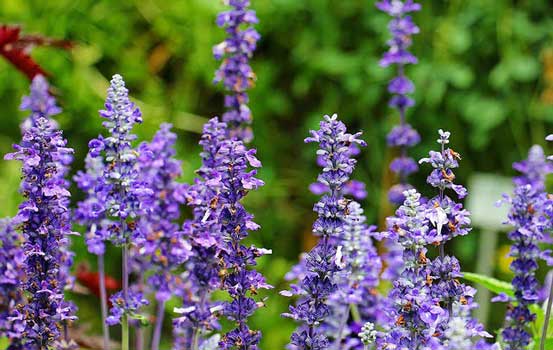
Dill
Dill pairs wonderfully with celery. It attracts beneficial insects such as ladybugs and predatory wasps that help control aphids and other pests. Dill’s tall and feathery foliage provides light shade, which can help keep the soil around celery moist and cool. This mutually beneficial relationship promotes a healthier garden ecosystem.

Beans
Beans are fantastic companions for celery. They fix nitrogen in the soil, enriching it and providing essential nutrients for celery’s growth. Pole beans can be grown vertically, saving space and creating a natural trellis. This efficient use of space allows both plants to thrive and supports a productive garden environment.
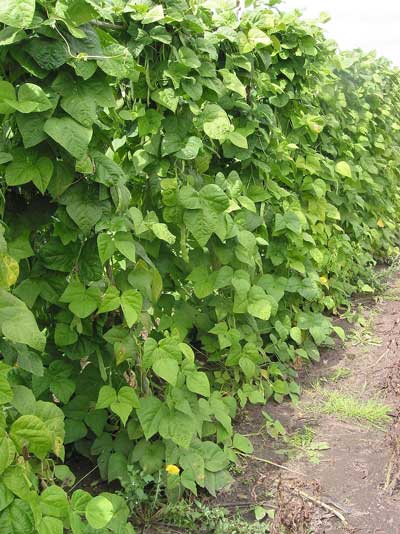
Cucumbers
Cucumbers and celery make a great pair. Cucumbers provide ground cover that helps retain soil moisture, which celery loves. In return, celery can improve cucumber’s flavor. Their complementary growth habits and mutual benefits make them a dynamic duo in the garden, promoting better yields for both.
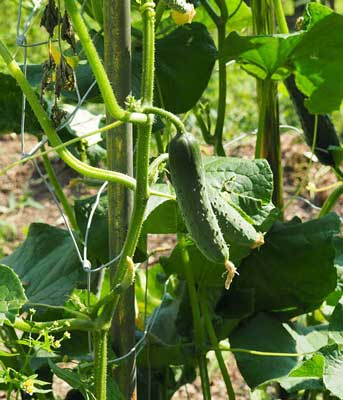
Basil
Basil is a beneficial companion for celery. It repels pests like aphids and mosquitoes while enhancing the flavor of celery. Basil’s aromatic leaves confuse harmful insects, reducing pest pressure. Additionally, basil is easy to grow and thrives in similar conditions as celery, making them excellent garden partners.

Mint
Mint is a vigorous companion plant that deters pests such as ants and aphids. However, mint can be invasive, so it’s best to plant it in containers near your celery to keep it from spreading uncontrollably. Mint’s strong scent not only repels pests but also adds a refreshing aroma to your garden.
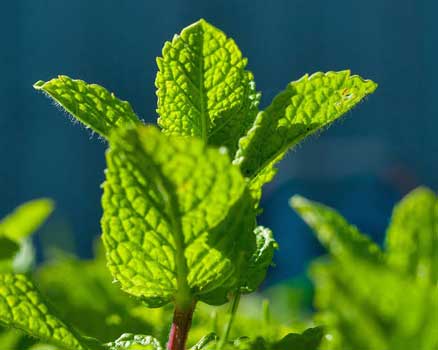
Cilantro
Cilantro is a superb companion for celery. It attracts beneficial insects like ladybugs and predatory wasps that help control pests. Cilantro’s fast growth and ability to thrive in similar conditions as celery make it a great garden mate. Plus, its fresh flavor can complement many dishes that include celery.
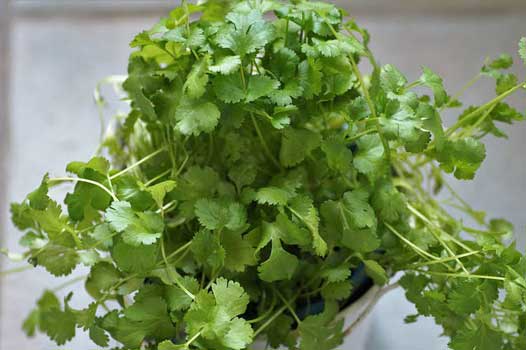
Kale
Kale can be a beneficial companion for celery. It attracts beneficial insects and helps deter pests that might otherwise target celery. Additionally, kale and celery have similar water and nutrient needs, allowing them to grow well together. The broad leaves of kale can provide light shade, helping to keep the soil cool and moist, which celery prefers.

Asparagus
Asparagus is a great companion for celery because they have complementary growth habits and nutrient needs. Asparagus grows tall and has deep roots, while celery is shallow-rooted and grows lower to the ground. This pairing minimizes competition for resources. Asparagus also provides a natural canopy that can offer some shade to celery, helping to maintain soil moisture.
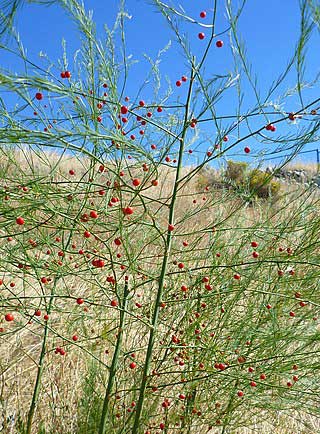
Parsley
Parsley and celery make a fantastic duo in the garden. Parsley attracts beneficial insects like ladybugs and predatory wasps that help control pests. Both plants thrive in similar growing conditions and can enhance each other’s growth and flavor. Their compact growth habits make them ideal neighbors, optimizing garden space effectively.
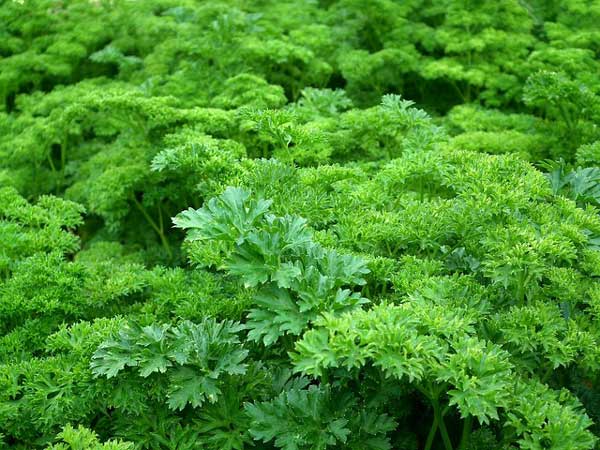
Lentils
Lentils are excellent companions for celery. They fix nitrogen in the soil, enriching it and providing essential nutrients for celery’s growth. Lentils’ small, low-growing nature allows them to fit well alongside celery without competing for space. This relationship boosts soil health and supports a thriving garden ecosystem.
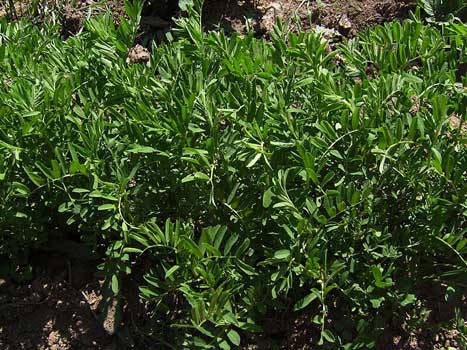
Chickpeas
Chickpeas benefit celery by improving soil fertility through nitrogen fixation. They have deep roots that help break up the soil, enhancing aeration and water infiltration for celery. Chickpeas’ growth habit does not overshadow celery, making them compatible neighbors that promote mutual health and productivity.
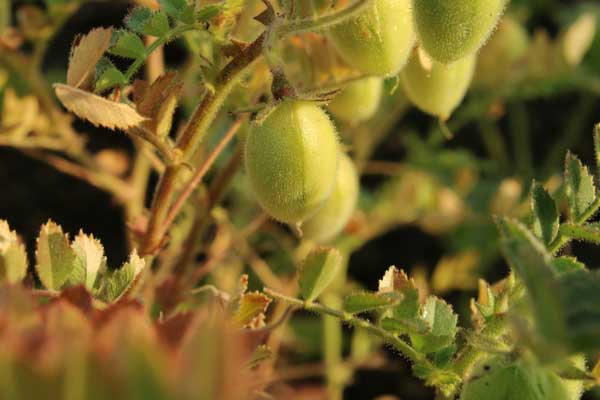
Shallots
Shallots are wonderful companions for celery. As part of the allium family, they repel pests like aphids and caterpillars that can damage celery. Shallots’ compact size and minimal nutrient demands mean they won’t compete with celery for space or resources. This synergy creates a healthier and more resilient garden environment.
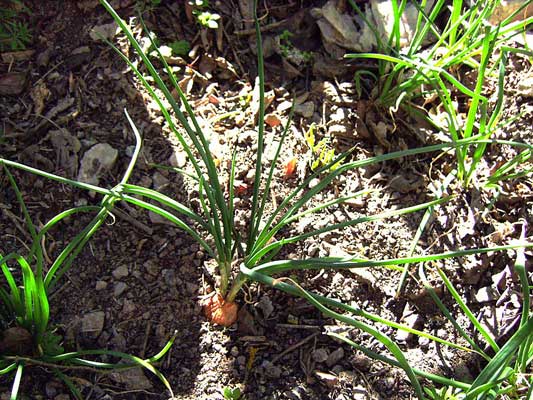
By including these companion plants with your celery, you create a harmonious garden where plants support each other’s growth and deter pests. Each pairing is designed to maximize space, enhance soil health, and promote a bountiful harvest.
Bad Celery Companion Plants
Cabbage and Other Brassicas (Cabbage, Broccoli, Cauliflower, etc.)
Brassicas and celery generally do not make good companions. Here’s why:
Competition for Nutrients:
Brassicas, like cabbage, broccoli, and cauliflower, are heavy feeders. They require a lot of nutrients from the soil, particularly nitrogen. Celery also has high nutrient requirements. Planting them together can lead to competition for these nutrients, potentially resulting in reduced growth and lower yields for both plants.
Soil pH Preferences:
Brassicas tend to prefer slightly more alkaline soil compared to celery, which prefers neutral to slightly acidic soil. This difference in soil pH preferences can make it challenging to meet the needs of both types of plants in the same garden bed.

Tips for Successful Companion Planting with Celery
Companion planting with celery can transform your garden into a thriving and productive oasis. Here are some tips to ensure success and maximize the benefits of companion planting.
General Guidelines for Companion Planting
Companion planting is an art that enhances the health and productivity of your garden. When planning your garden, consider the natural relationships between plants. Some plants, like celery, benefit from the company of certain companions that can repel pests, improve soil health, and boost growth. Always choose plants that thrive in similar conditions, ensuring they have compatible light, water, and soil needs.
How to Arrange Plants for Optimal Growth
Arranging your plants thoughtfully is key to successful companion planting. Place taller plants like tomatoes or beans near celery to provide light shade, which helps keep the soil cool and moist. Position herbs such as thyme and marigolds around celery to repel pests and attract beneficial insects. Always leave enough space between plants to allow for air circulation and prevent overcrowding, promoting healthy growth for all.
Crop Rotation and Soil Health
Practicing crop rotation is essential for maintaining soil health and preventing pest and disease buildup. After harvesting your celery, plant a different crop in its place the following season. This practice helps replenish nutrients in the soil and disrupts the life cycles of pests. Rotating crops like beans and lentils, which fix nitrogen in the soil, can also improve soil fertility for future celery plantings.
Monitoring and Maintaining Plant Health
Regularly monitoring your garden ensures that your companion planting strategy is working effectively. Check for signs of pests, disease, or nutrient deficiencies. Healthy plants are more resilient, so keep your garden well-watered and mulch around celery to retain moisture. Remove any weeds promptly, as they can compete for resources and harbor pests. By staying vigilant and responsive, you can maintain a thriving, pest-free garden.
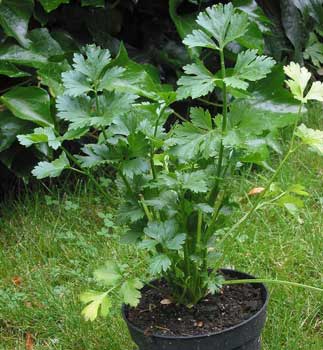
FAQs for Celery Companion Plants
What does celery grow well with?
Celery grows well with a variety of companion plants, including onions, garlic, tomatoes, beans, and herbs like thyme and sage. These plants help repel pests, improve soil health, and support celery’s growth.
What can you plant with celery?
You can plant celery with companions such as nasturtiums, cosmos, spinach, leeks, chives, marigolds, dill, and cucumbers. These plants enhance celery’s growth and protect it from pests.
Can you plant celery and onions together?
Yes, you can plant celery and onions together. Onions are excellent companions for celery because they deter pests like aphids with their strong scent, helping to protect your celery crop.
What to grow with celery?
Grow celery with plants like beans, tomatoes, marigolds, thyme, and garlic. These companions improve the health of the garden, enhance growth, and offer pest protection.
What can celery be planted with?
Celery can be planted with beneficial companions such as basil, parsley, cilantro, shallots, kale, asparagus, and beans. These plants provide mutual benefits, supporting robust growth and pest resistance.
What to plant celery with?
Plant celery with herbs like thyme and chamomile, flowers like marigolds and nasturtiums, and vegetables like tomatoes and cucumbers. These companions create a thriving garden environment.
What are good companion plants for celery?
Good companion plants for celery include onions, garlic, tomatoes, beans, cosmos, spinach, leeks, chives, marigolds, thyme, sage, dill, and cucumbers. These plants promote healthy growth and pest management.
Are Celery and garlic companion plants ?
Garlic is a fantastic companion plant for celery. It repels a variety of pests with its strong odor and has natural antifungal properties that can protect celery from diseases.
Are Celery and lettuce companion plants ?
Celery and lettuce can be planted together as they have similar growing requirements and do not compete for nutrients. Lettuce can provide light shade, helping to keep the soil cool and moist for celery.
When Growing celery companion plants what to consider ?
When growing celery, consider companion plants such as onions, tomatoes, beans, thyme, and marigolds. These plants will help improve celery’s growth and protect it from pests.
Are Celery and kale companion plants ?
Celery and kale can be grown together. Kale helps attract beneficial insects and provides light shade, which helps keep the soil moist for celery. Both plants thrive in similar growing conditions.
Name some Best celery companion plants ?
The best celery companion plants include onions, garlic, tomatoes, beans, thyme, marigolds, nasturtiums, and cosmos. These plants support healthy growth, pest control, and soil health.
Are Asparagus and celery companion plants ?
Asparagus and celery are great companions. Asparagus grows tall with deep roots, while celery is shallow-rooted, minimizing competition for resources. Asparagus also provides light shade, benefiting celery.
Are Broccoli and celery companion plants ?
Broccoli and celery are not ideal companions. Both are heavy feeders and can compete for nutrients. It’s better to plant celery with other companions that have less similar nutrient requirements.
Name some Celery companion plants Australia ?
In Australia, good companion plants for celery include tomatoes, beans, marigolds, nasturtiums, thyme, and onions. These plants help create a productive and pest-resistant garden environment.
Are Parsley and celery companion plants ?
Parsley and celery are excellent companions. Parsley attracts beneficial insects and improves soil health, while both plants share similar growing conditions, making them easy to manage together.
Conclusion for Celery Companion Plants
Incorporating companion plants with celery is a brilliant way to boost your garden’s health and productivity. By thoughtfully selecting and arranging companion plants like onions, garlic, tomatoes, and marigolds, you can create a harmonious environment where celery thrives. These plants not only enhance celery’s growth but also help deter pests and improve soil health.
Companion planting is a time-tested technique that transforms your garden into a vibrant and efficient space. Imagine walking through your garden, seeing your celery flourishing alongside beautiful flowers and robust vegetables, all working together to create a bountiful harvest. The synergy between celery and its companions makes gardening more enjoyable and rewarding.
So, embrace the benefits of celery companion plants and watch your garden flourish. With the right companions, your celery will grow stronger, healthier, and more delicious, making you a proud and successful gardener.

